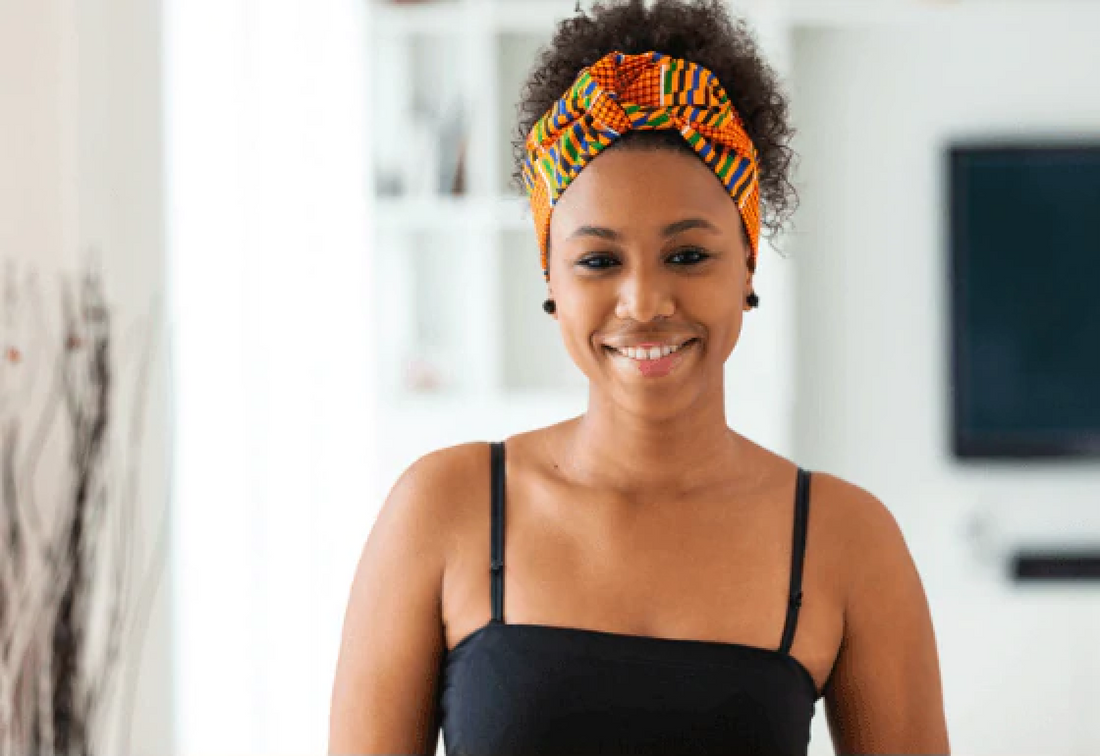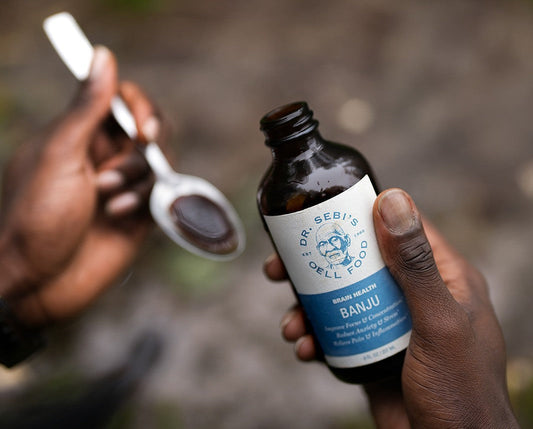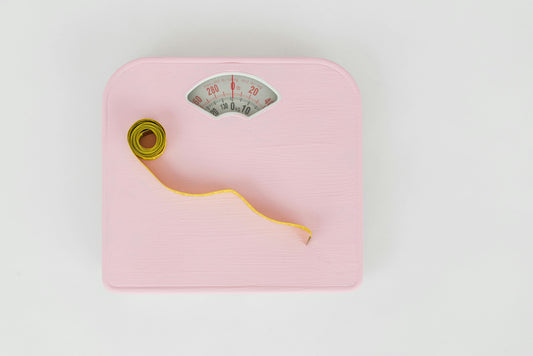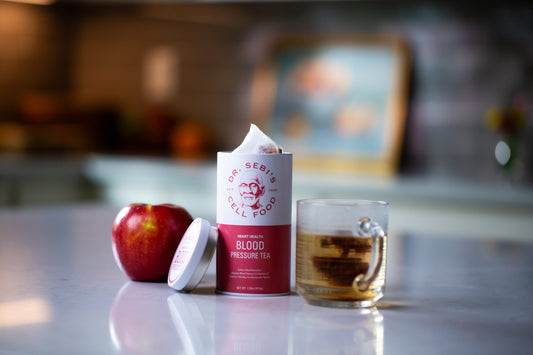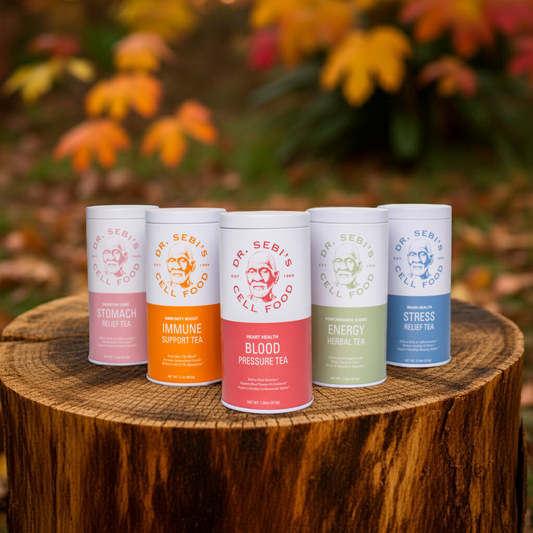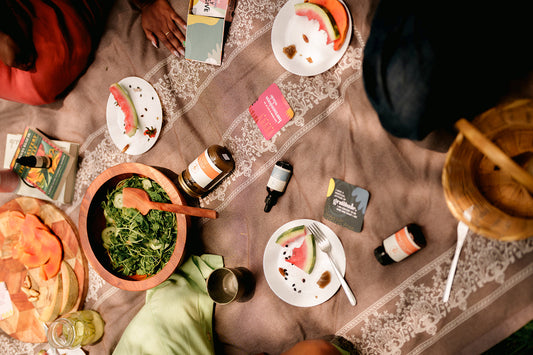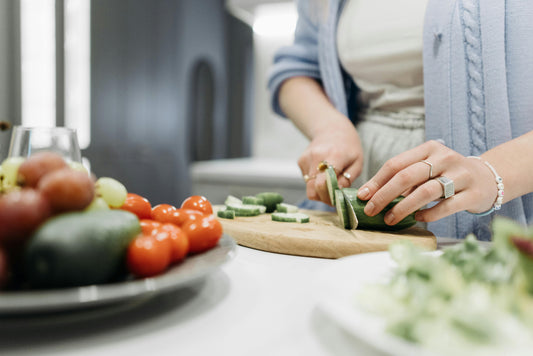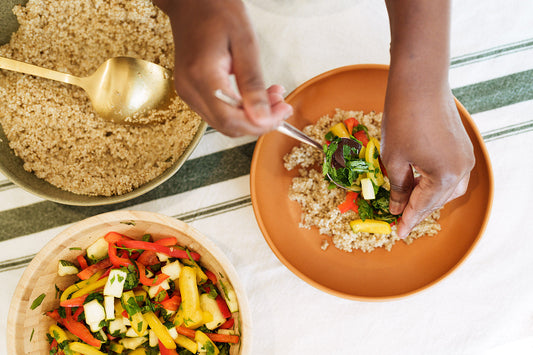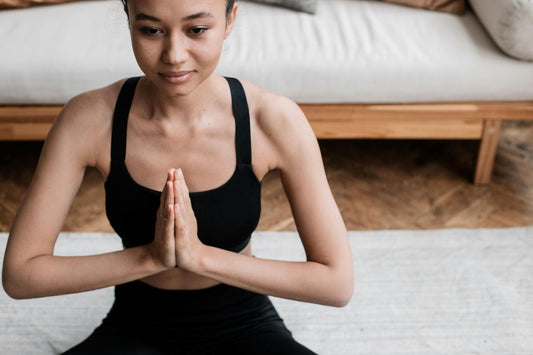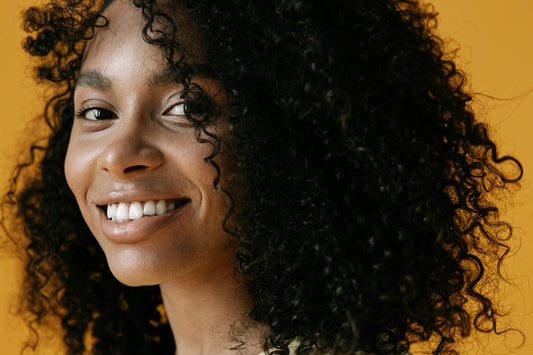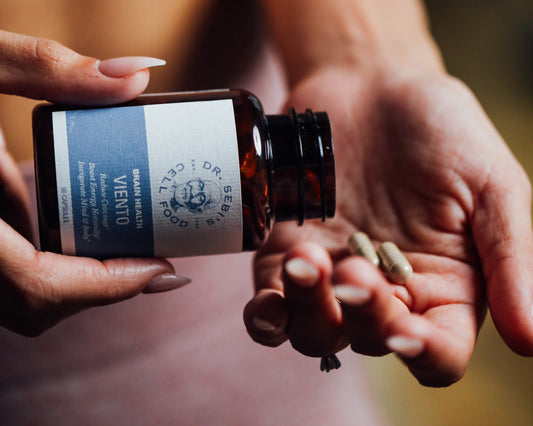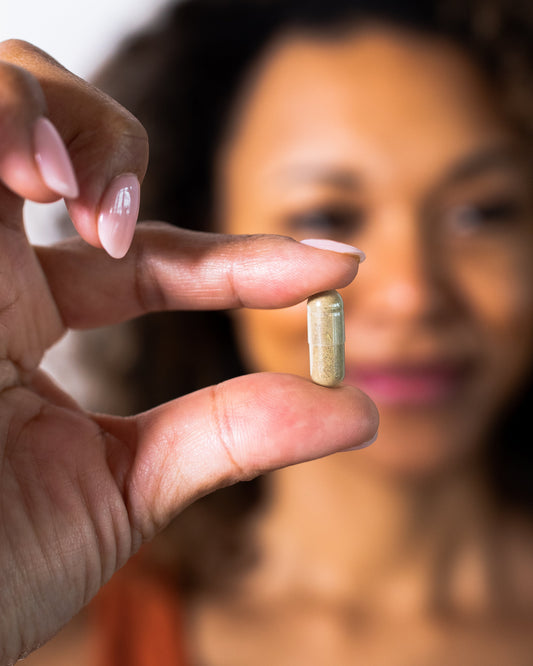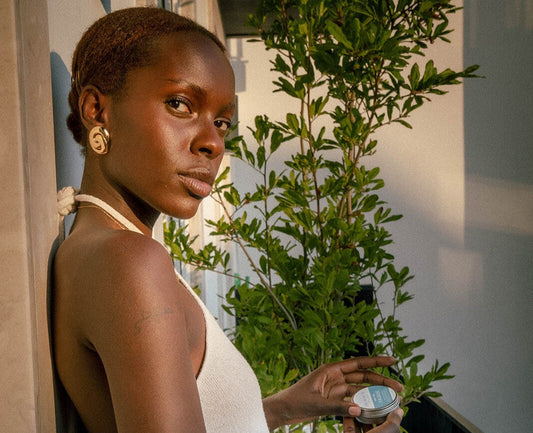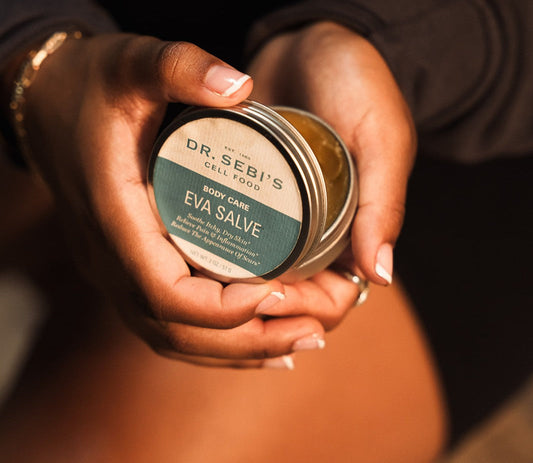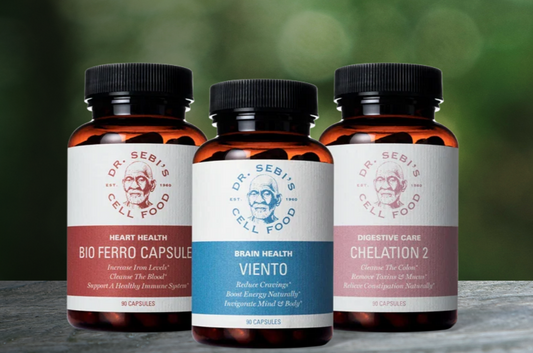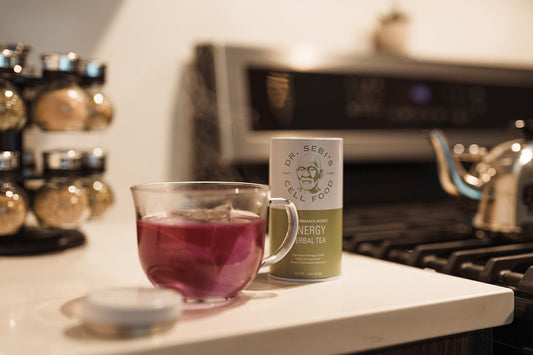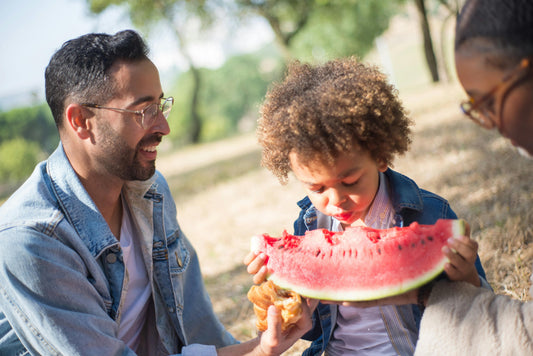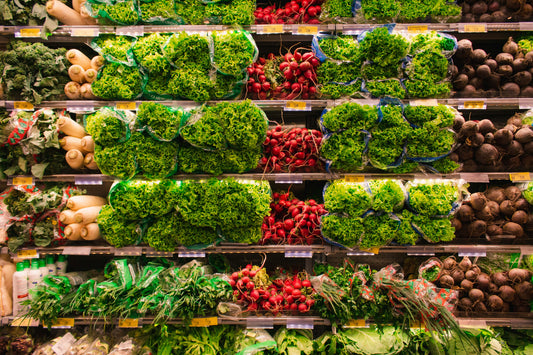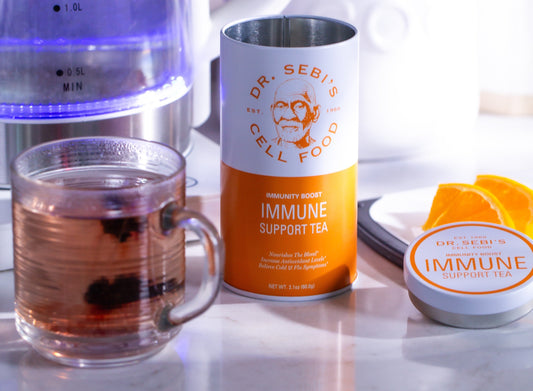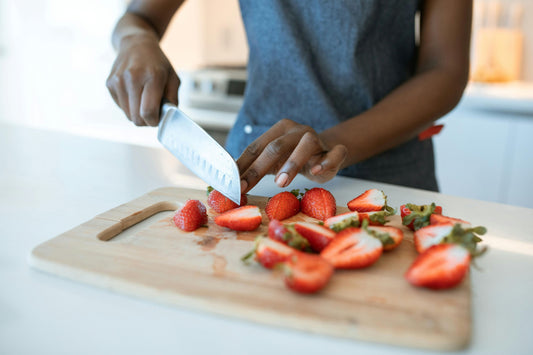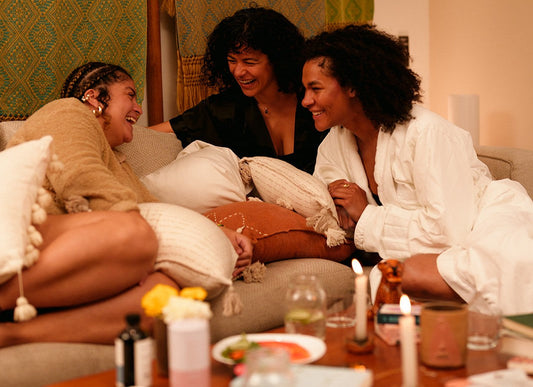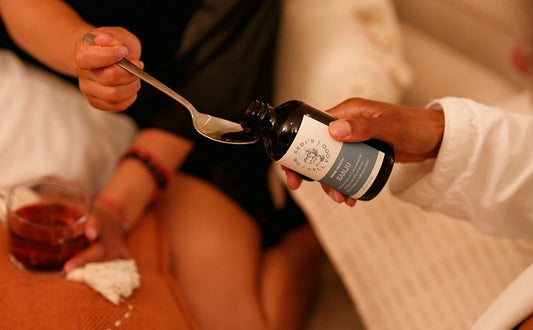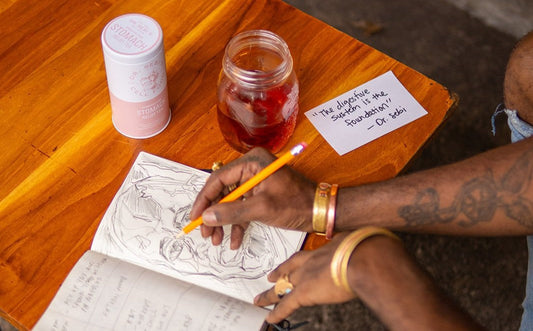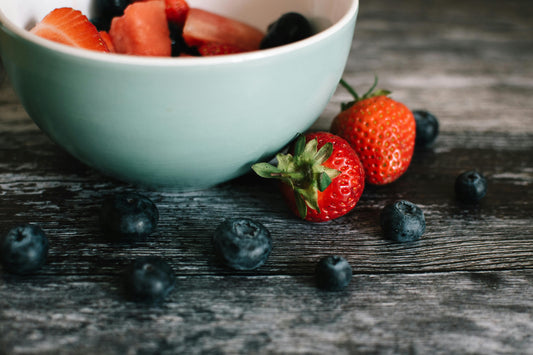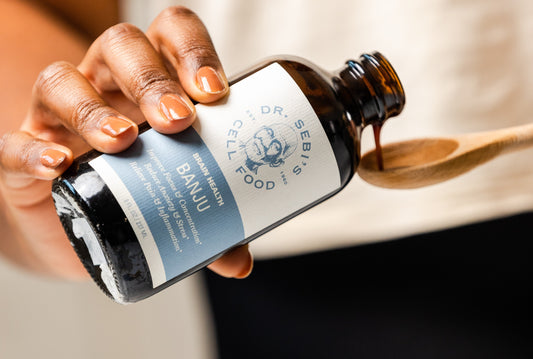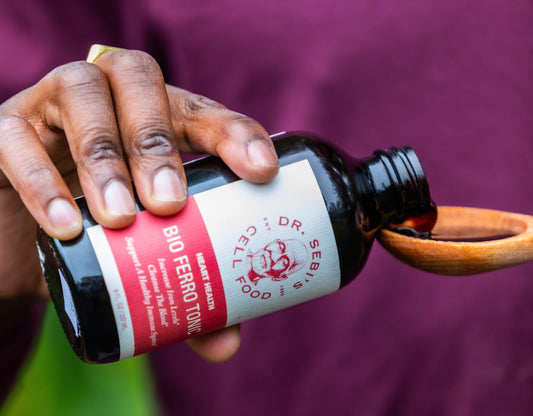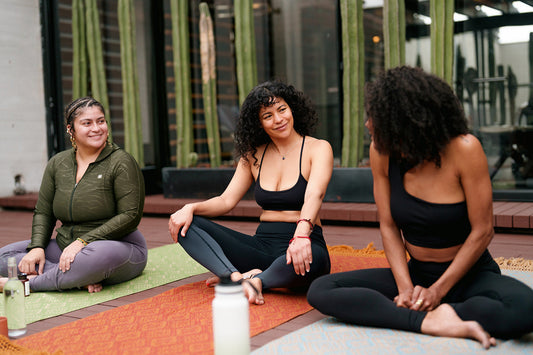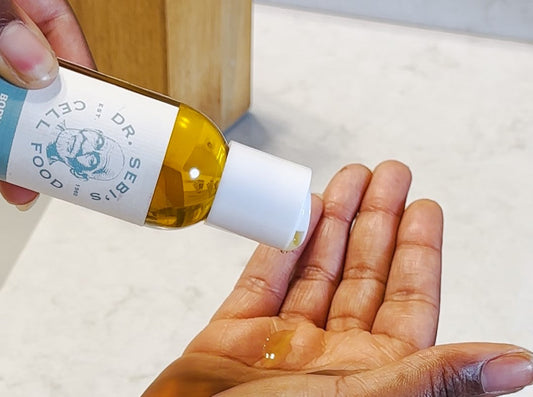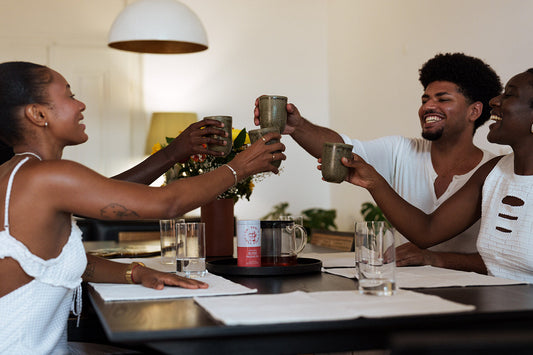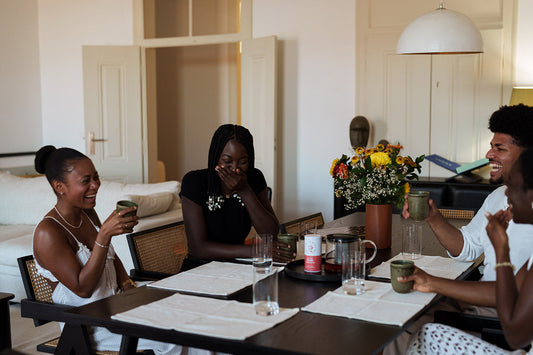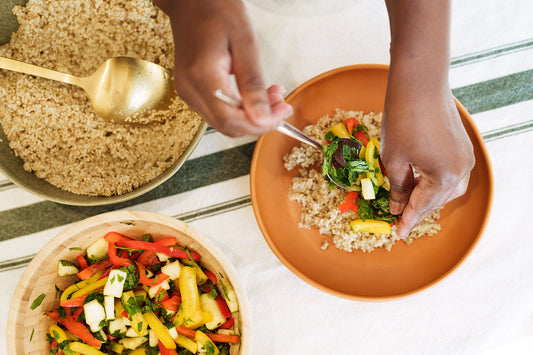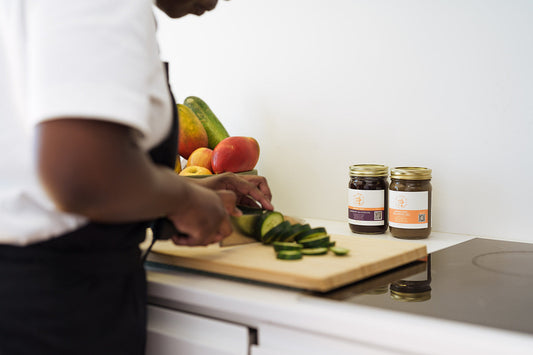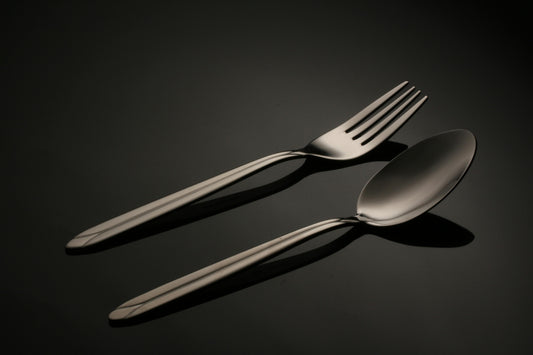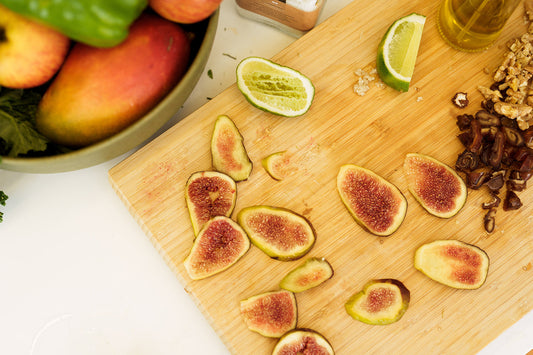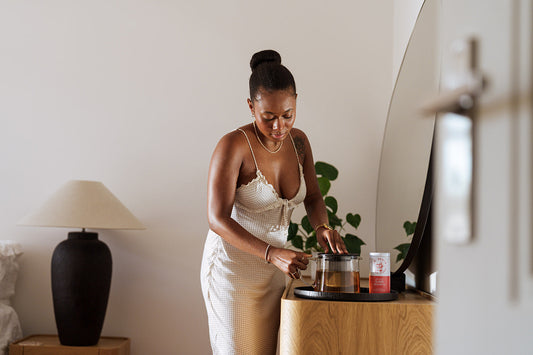Is beauty only skin deep, or does it run deeper? Society's view of beauty is largely concerned with surface-level appearances, but it's more than that. Let’s discover what beauty really is, and what we can do to create beauty in our lives.
Beauty Standards Throughout the Ages
Beauty is in the eye of the beholder, and that's true for both individuals and society. Take a peek at the shifting historical trends in eyebrow fashion to see how beauty standards are invented.
Take, for instance, Princess Zahra Tadj of the Qajar Dynasty of 19th century Iran. A prominent feminist, writer, and artist, Princess Tadj was also considered to be the epitome of beauty. She was ‘portly’ (obese), had a thick bushy monobrow, and sported an impressive mustache. Her unique aesthetics and intriguing character commanded the adoration of thousands of bewitched men. Back then, it was fashionable for Iranian women to grow (or paint on) thick monobrows and feint mustaches.
In ancient Egypt, black kohl (a black powder mixed with fat) was originally used to protect eyes from the sun and bacteria, long before it was used on eyebrows. In Japan, during the 8th century, eyebrows were completely removed and replaced with small black thumbprints called smudge-brows, placed high on the forehead.
The Ancient Greeks and Romans often blackened their eyebrows and eyelashes with soot or the shiny silver-blue, highly poisonous metal, antimony.
None of these standards of eyebrow beauty are inherently better than any other. But some are destructive to physical and mental health.
The Cost of Beauty Standards
Today, beauty standards are shaped by the fashion industry, celebrities, and influencers. The fashion industry was paid by the tobacco industry to encourage women to smoke for their ‘liberation’. It also promoted underweight women as the ideal concept of beauty. One investigation found that up to 40% of supermodels have an eating disorder. Fashion is a male-dominated business, promoting looks for women that don't exist in nature.
Venetian ceruse, a cosmetic facepowder used in the 16th century to whiten skin, contained lead and arsenic. It caused hair loss, heavy metal poisoning, premature aging, and death. Throughout Asia and India, toxic bleach is added to most skin creams because contrived beauty standards still promote a light-colored complexion. Meanwhile, in Europe, pale-skinned folk have their skin tone made darker in tanning salons - while accelerating aging and promoting skin cancer.
Corsets are another example of how the fashion industry twists our vision of beauty. Wasp-like waistlines have been popularized throughout the last two centuries, and have re-appeared on catwalks for the 2022 season. Tight corsets restrict breathing, can damage internal organs, and in extreme cases require women to have ribs removed just to get into them.
Collectively, we're suffering from a toxic beauty history and toxic modern trends that push people towards harmful products and practices. The vast majority of cosmetics, makeup, and beauty products still contain multiple toxins and even metals like aluminum, linked to cancer, Alzheimer’s disease, and dementia.
Natural Beauty
The solution to toxic standards of beauty comes from nature. When you look at a green pasture, meadow, waterfall, mountain, lake, or any other natural phenomenon it is inherently beautiful. Poets use words like verdant, pristine, blooming, breathtaking, and flourishing to describe the visual splendor of the natural world. Nature is alive, animated, vibrant, and reproductive.
According to the Ayurvedic system of natural health, beauty consists of three vital elements:
- A well-nourished body.
- A balanced mind.
- A peaceful spirit.
In other words, beauty is a byproduct of good overall (or holistic) health.
We find healthy people attractive. We select a mate based on their potential to procreate healthy offspring. We can even smell immune compatibility (via pheromones), to select a genetically fit partner.
Body Dysmorphia
This week is National Eating Disorders Awareness Week; an annual campaign to educate the public about eating disorders. Eating disorders are just one symptom of toxic beauty standards that exploit low self-esteem to generate a false demand for unnecessary products.
Stress, isolation, comfort-eating, and increased media consumption during lockdowns have doubled the number of calls to the Eating Disorders Helpline. Body dysmorphia (excessive concern about physical appearance) has also risen dramatically. The increase in video meetings (where you stare at your own face for hours on end) is driving anxiety and self-perceived ugliness.
Plastic surgery and cosmetic treatments - like injecting toxins to stop your face moving - don’t actually change how a person feels about their body. Less than 10% of people with body dysmorphia are satisfied with the results of surgery, and many get addicted to the brief ‘fix’ it gives them. Body image and beauty are mental constructs that we can change, from within.
Beauty on the Inside
So, if you want to look and feel truly beautiful (regardless of the latest trends) here is what you need to do:
- Bowels: These are the biggest source of stagnant toxins that make you ugly on the inside. Cleanse them!
- Nutrition: Eat from Mother Nature’s garden, described by Dr. Sebi in his Nutritional Guide.
- Attitude: Focus on thinking positively, appreciating life, show compassion to yourself and others.
- Emotions: Take charge of your emotional state, take action to feel better, and shift your mood.
- Vitality: Get fresh air, drink pure spring water, move your body and show it some love!
By reducing toxicity and inflammation, while increasing nutrition, you will naturally have hair, skin, and nails that are healthy, strong, and beautiful. The cleaner you are on the inside, the better you will smell without having to mask bad bacteria with toxic deodorants (fresh, healthy sweat is naturally attractive to the opposite sex).
Big Up Yourself!
The biggest shift that’s needed is in your own mind. You need to believe you are beautiful, exactly as you are. Here are three powerful ways to change your mind (and reprogram the damage of toxic and unnatural beauty standards):
Mirror Work:
- Put a sign on your mirror that says “I am beautiful.”
- Read it daily, say it out loud, don’t let your mind disagree!
- Over-rule that brainwashing that says you’re not enough.
- It will feel awkward at first, but doing this daily for two weeks will start to shift your self-image.
Affirmations:
- Beliefs about your beauty have been absorbed from the TV, social media, and other people.
- Fill your mind with new wisdom based on your own opinions.
- Affirmations are phrases that literally reprogram the subconscious mind.
- Your own voice reprograms much quicker than lies you have absorbed over the years.
- Take conscious control of your perception of your own beauty.
Questions:
- Asking yourself questions is another way to shift your mindset.
- Only allow answers that are affirmative!
- Ask yourself: "Why am I beautiful?"
Answers may include:
- "Because I work on my health and vitality."
- "Because I eat a healthy diet."
- "Because I take care of my body."
- "Because I am beautiful on the inside."
- "Because I get plenty of beauty sleep!"
Mother Nature made you beautiful, but if you're looking at yourself through someone else's lens (usually created to sell a product), you won't see the full beauty you display.
True beauty isn't about trends or fashion or what's on the pages of a glossy magazine. It's an inner state of being, the result of cultivating a peaceful spirit, a balanced mind, and a healthy body. Now that's beautiful.
“A healthy body is worth more than any dollar amount, you don’t want to be the wealthiest person on a hospital bed.” – Dr. Sebi.
